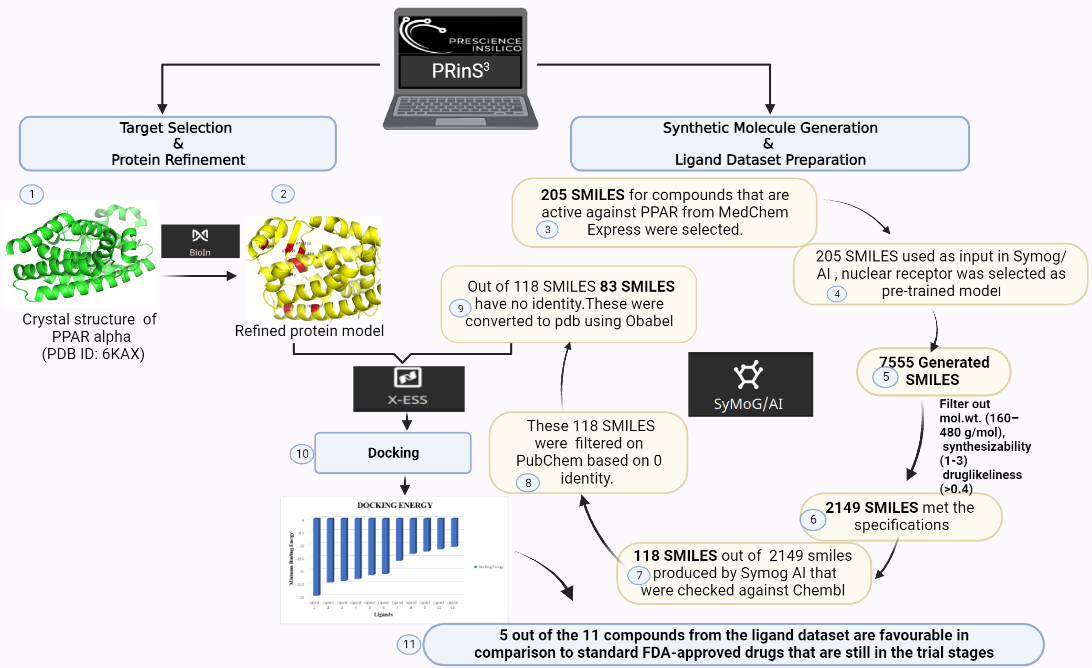
Non-alcoholic fatty liver disease, a chronic liver condition not caused by alcohol or other obvious liver-damaging factors, is characterized by excessive fat deposition in hepatocytes.

Non-alcoholic fatty liver disease, a chronic liver condition not caused by alcohol or other obvious liver-damaging factors, is characterized by excessive fat deposition in hepatocytes.

Bruton Tyrosine Kinase (BTK) plays a crucial role in various diseases like Chronic lymphocytic leukemia, Mantle cell lymphoma, Rheumatoid Arthritis, and Psoriatic Arthritis thus making it an attractive target for drug development.
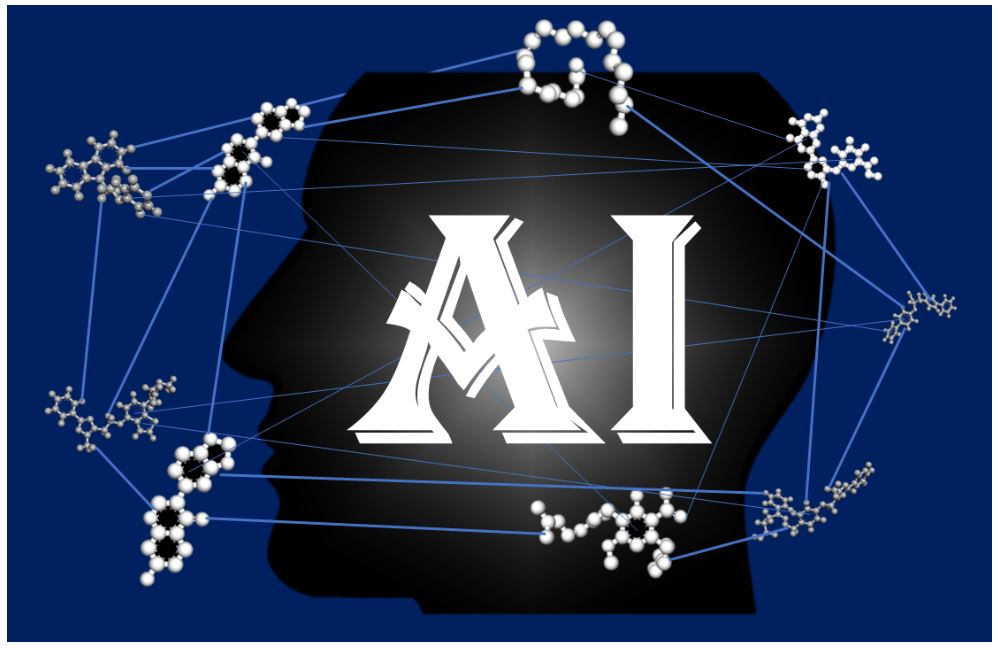
Drug discovery is a process of uncovering new potential candidates for disease treatment. Unfortunately, the overall success rate of drug development is only 1 - 4 % with 90% failure in clinical developmental stages. Their inadequate ADMET qualities being the root cause of the majority of failures. Additionally, the process is demanding, spanning a long 9-12 years. Today, novel drug discovery research takes approximately ~1 billion dollars which largely includes the cost of chemical synthesis of
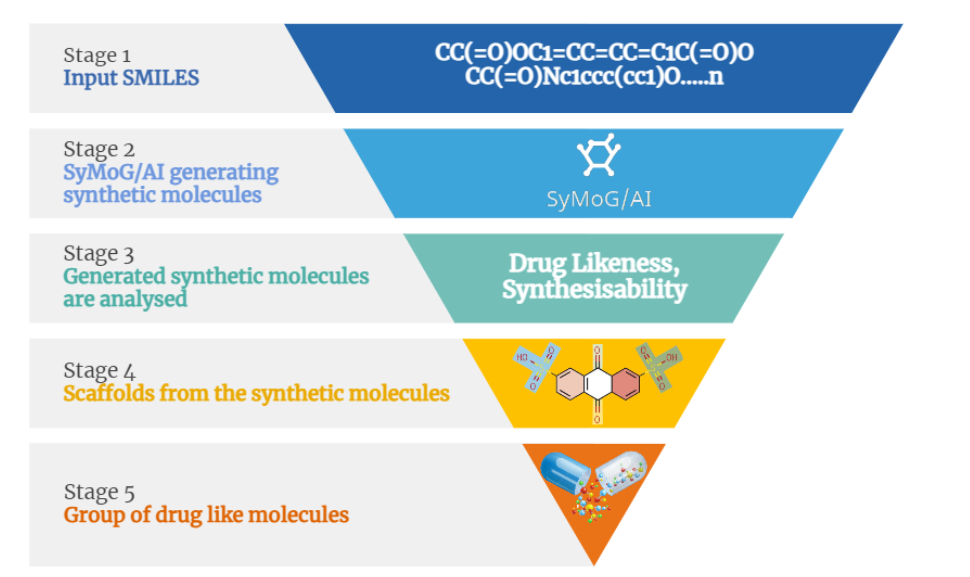
In the fast-paced world of drug discovery, researchers constantly seek innovative solutions to accelerate the process while maintaining accuracy and efficiency.
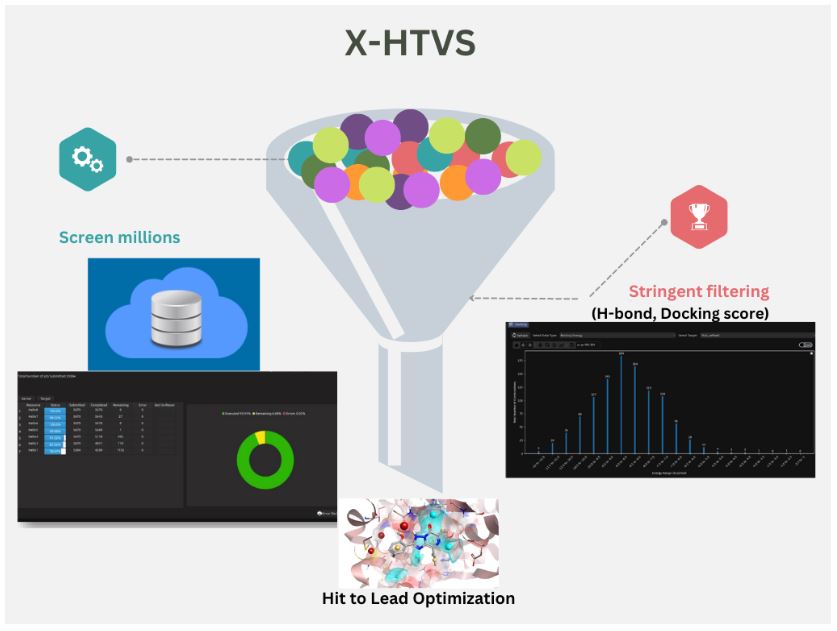
X-HTVS, the all-new addition to the PRinS3 platform, is now available. With this molecular docking-based application, high throughput screening of gigantic libraries of potential drug candidates and a good number of targets is now possible simultaneously with only a few simple steps.

The traditional procedure of discovering new drugs is challenging and time-consuming, often having very low success rates at that. To date, scientists have to go through a very tedious process of research, selection, and synthesis of drug candidates before they can be tested in multiple levels of pre-clinical and clinical trials.
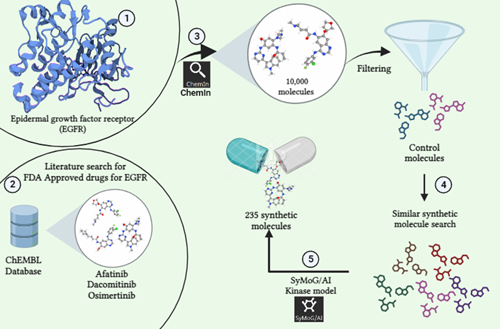
The epidermal growth factor receptor (EGFR) is a key member in a group of receptors responsible for growth, carrying a built-in tyrosine kinase function.
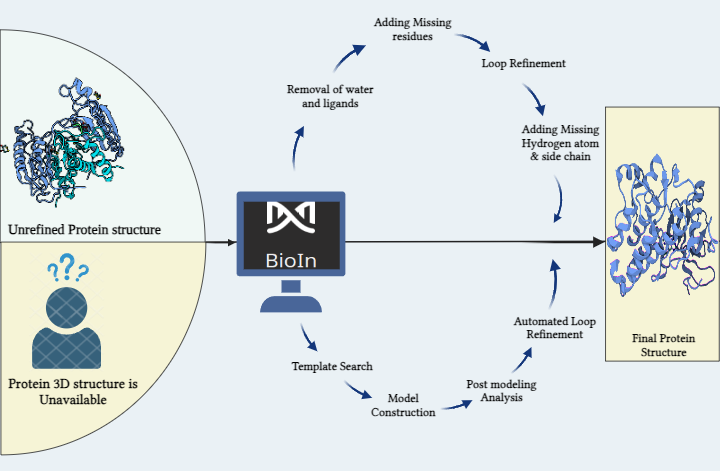
Commencing on the fascinating world of in silico studies, our journey begins with the exploration and identification of protein targets. Exploiting the power of databases like RCSB Protein Data Bank and Uniprot, we dive into the domain of protein structures.

Chagas Disease can be described as a condition in which the parasite named Trypanosoma cruzi is involved and it is the main causative agent of this disease. These parasites can enter the body through the mucous membranes and also through the breaks that are present in the skin they can cause the acute symptoms which are very mild in nature such as fever, skin lesions, conjunctivitis, inflammation of the tissues etc.
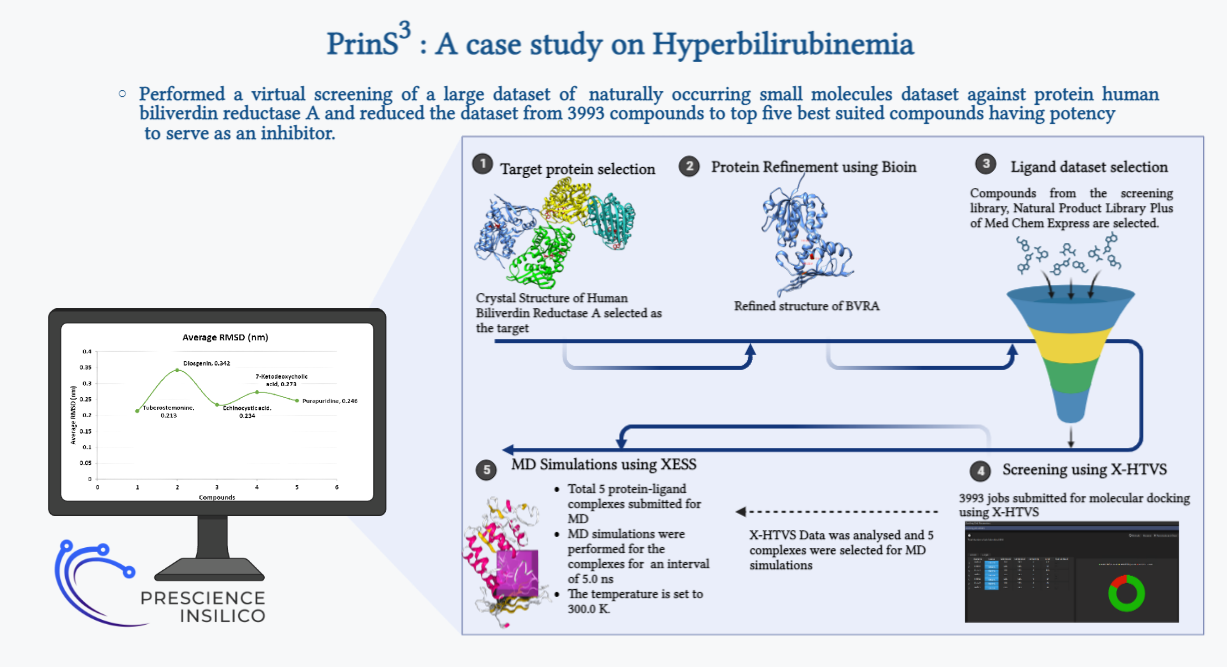
Hyperbilirubinemia is a form of illness characterized by an increase in blood bilirubin levels as a result of a failure to efficiently metabolize or eliminate bilirubin, a byproduct of erythrocyte breakdown. It can be traced back to irregularities in normal bilirubin metabolism. An increase in the bilirubin levels might possibly be a sign of some serious underlying issue.